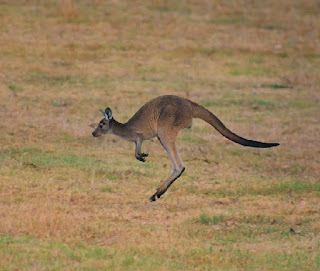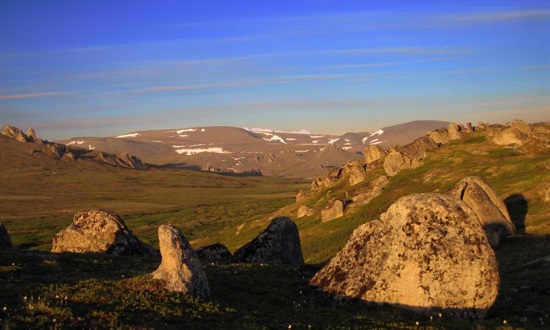Ape Fossils Found in Wrong Places
.jpg)
It is interesting that Darwin's acolytes on social(ist) media tend to show ignorance of their own belief system, or mayhaps they try to steamroll over creationist opponents with hot air. Some have claimed that there are no fossils out of order — which would be news to secular scientists. There are many fossils and artifacts in what evolutionists would consider wrong places, which has caused them no small amount of embarrassment. Still, they cling to their uniformitarian views because the alternative (special creation) is anathema. Monkey fossils are causing loyal evolutionists consternation. Spider monkeys, Wikimedia Commons / Bernard Spragg ( PD ) Both creationists and evolutionists try to work out biogeography — how did that get over there ? The monkeys in question were found in South America. Fine, nice weather, plenty of things to climb on and play with. But there are no fossils of their ancestors. They seem to have come from Africa. How, prithee? Although secularists laughed...


.jpg)
.jpg)


,%20modified%20at%20Pixlr.jpg)
,%20usage%20does%20not%20imply%20endorsement%20of%20site%20contents.jpg)
.jpg)








